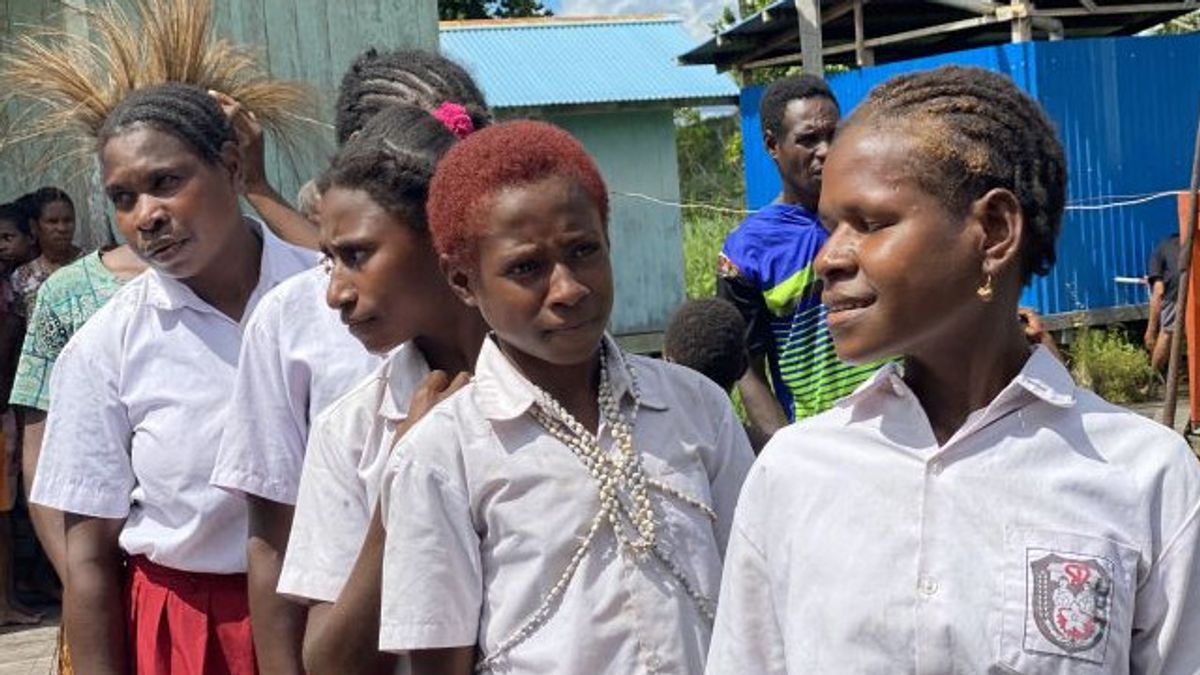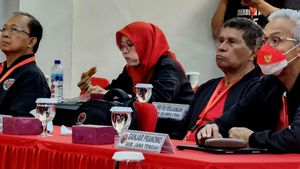JAKARTA - The learning patterns used by Asmat children cannot be equated with other school children in general. The children of the Asmat tribe work to help their parents.
"Because their parents like to work with them, they become independent first. They usually find their own money to eat (while their parents are away)," said Plt. Barbalina Toisuta, Head of the Asmat Regency Education Office, Papua, in Agats City, Wednesday, June 22, quoted from Antara.
Children in the Asmat Tribe do not like to stay long in class. This habit was formed as a result of often following his parents to work in the forest to look for Gaharu (a tree with a distinctive smell).
Children in the Asmat tribe tend to like playing and learning in open spaces, he said.
So, if you apply a general learning method that requires students to sit for three to four hours in class, it actually makes children bored and tired quickly.
“They prefer to study outside. It is the teacher's creation to bring them to study outside, even about those kinds of lessons,” said Barbalina.
Of its location, kids love to spend time near the river by fishing and swimming together.
Barbalina continued that because they follow their parents' jobs and the number of kindergartens in the village is not much, children immediately sit learning in elementary school (SD) so many cannot read, count and write well.
Therefore, both local and district governments are making more creatives in teaching to increase children's interest in reading. Such as the establishment of a library in the village and making a 15-minute reading program before entering class.
“There is also a teacher's creation to create a reading corner. I went to Akat yesterday, several schools already have teacher creations for reading interest," he said.
VOIR éGALEMENT:
Secretary of the Asmat District Education Office, Robertus Kirwelakubun, said there are more than 200 villages in the district, but there is only about 10 kindergarten for children.
The total number of schools in Asmat Regency itself is 136 elementary schools, 19 junior high schools, five high schools, and one vocational school. From the village, children have to cross a long river to go to school.
Robertus added that even if children work with their parents, they will not be expelled from school because often children will come back to class when they are tired of working.
"Children have been registered as students, later if they are bored (work) they will go back to school. So if the parents are in the village, they are in the village, if not, they are not there," said Robertus.
The English, Chinese, Japanese, Arabic, and French versions are automatically generated by the AI. So there may still be inaccuracies in translating, please always see Indonesian as our main language. (system supported by DigitalSiber.id)

















